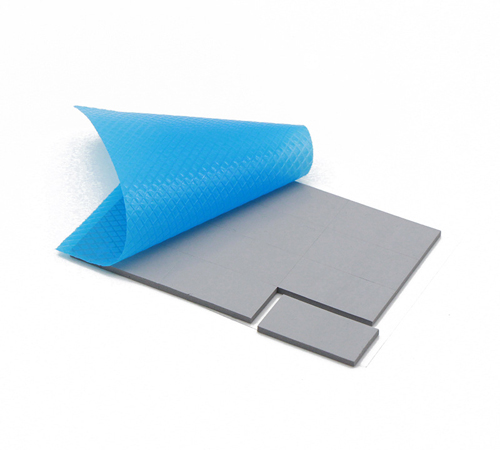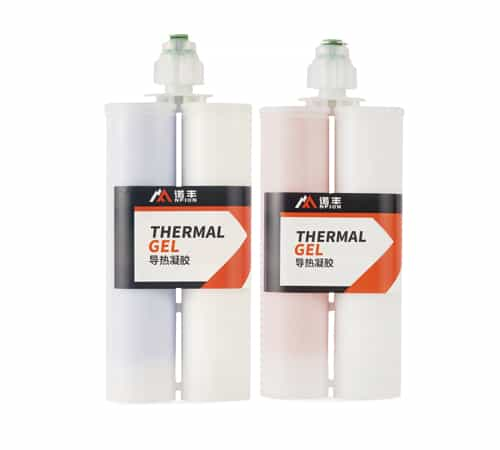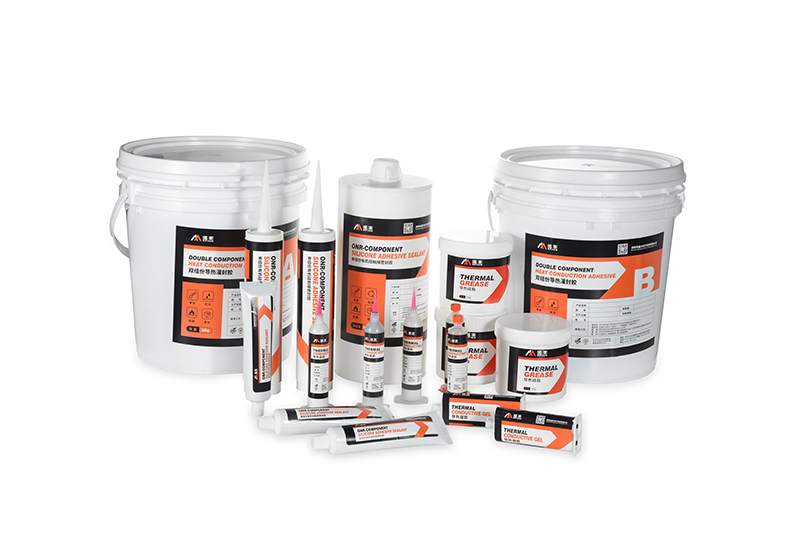
Thermal conductive materials are specifically designed to efficiently transfer heat, characterized by high thermal conductivity, enabling effective dissipation of heat from one area or component to another, thereby helping to maintain internal temperature equilibrium, prevent localized overheating, and ensure stable operation and prolonged service life of equipment. These materials play a critical role in various industrial sectors and consumer electronics requiring thermal management, particularly in the context of miniaturization and integration trends of electronic devices, where thermal conductive materials are crucial for addressing the substantial heat generated by high-power-density electronic components.
Key features and applications of thermal conductive materials include:
1. Superior Thermal Conductivity: Possessing a high thermal conductivity coefficient, these materials rapidly and effectively transfer heat, reducing thermal resistance and enhancing cooling efficiency.
2. Wide Adaptability: Tailored to meet the demands of different application scenarios, they can be designed into various forms and specifications, such as sheet, paste, gel, and encapsulant types, to accommodate diverse shape, size, and gap requirements for heat dissipation.
3. Filling Interface Gaps: Serving as Thermal Interface Materials (TIMs), thermal conductive materials fill microscopic gaps between contact surfaces, minimizing contact thermal resistance and ensuring smooth heat transfer from heat sources (e.g., CPUs, GPUs, LED chips) to cooling devices (e.g., heatsinks, cooling fins, thermal substrates).
4. Insulating or Conductive Properties: Depending on the application need, thermal conductive materials can be insulating (e.g., thermal grease, thermal gel, thermal pads), suitable for situations requiring electrical isolation; or conductive (e.g., certain metal-based composites), used to establish direct thermal pathways or grounding.
5. Environmental Tolerance: Exhibiting excellent thermal stability, chemical resistance, and mechanical robustness, they maintain performance stability in complex working environments, resisting factors such as high temperatures, humidity, vibration, and thermal cycling.

Common types of thermal conductive materials include:
Metallic Thermal Conductive Materials: Like copper and aluminum, with extremely high thermal conductivity coefficients, often employed in heat sink components, heat exchanger bodies, and heat pipes.
Non-Metallic Thermal Conductive Materials:
Thermal Grease/Paste: Liquid or semi-solid, used to fill minute gaps between chips and heatsinks, providing a low-resistance thermal conduction path.
Thermal Gel: Similar to grease but with higher viscosity, sometimes offering better filling properties and long-term stability.
Thermal Pads: Typically pre-formed thin sheets made of silicone, graphite, or metal-filled composites, easy to install and possessing some mechanical strength.
Thermal Double-sided Tape: Combining adhesive and thermal conductive functions, simplifying assembly process.
Thermal Encapsulation Resin: Used to fully encapsulate and fill the spaces around electronic components and circuit boards, providing overall heat dissipation and protection.
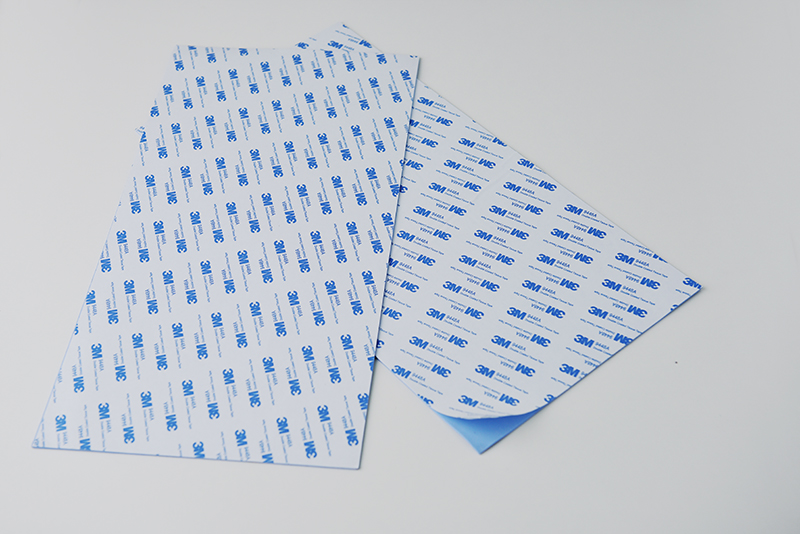
Selecting an appropriate thermal conductive material should consider several factors:
Thermal Management Requirements: The device's cooling needs, operating temperature range, heat flux density, etc.
Application Environment: Temperature, humidity, vibration, spatial constraints under working conditions.
Compatibility: Chemical compatibility with contacting materials, electrical requirements (insulation or conductivity), and mechanical stress matching.
Processing & Assembly Convenience: Ease of material application, curing, and removal, as well as adherence to manufacturing processes.
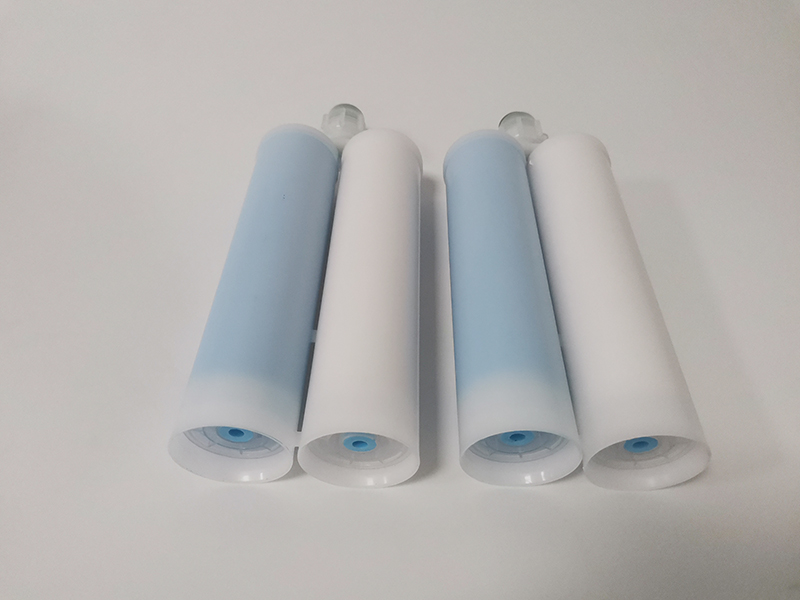
In summary, thermal conductive materials are vital components for achieving efficient thermal management. Through optimized design and the selection of suitable thermal conductive materials, modern electronic devices and industrial applications can effectively tackle heat dissipation challenges, ensuring system reliability and long-term operational performance.




 CN >
CN >

